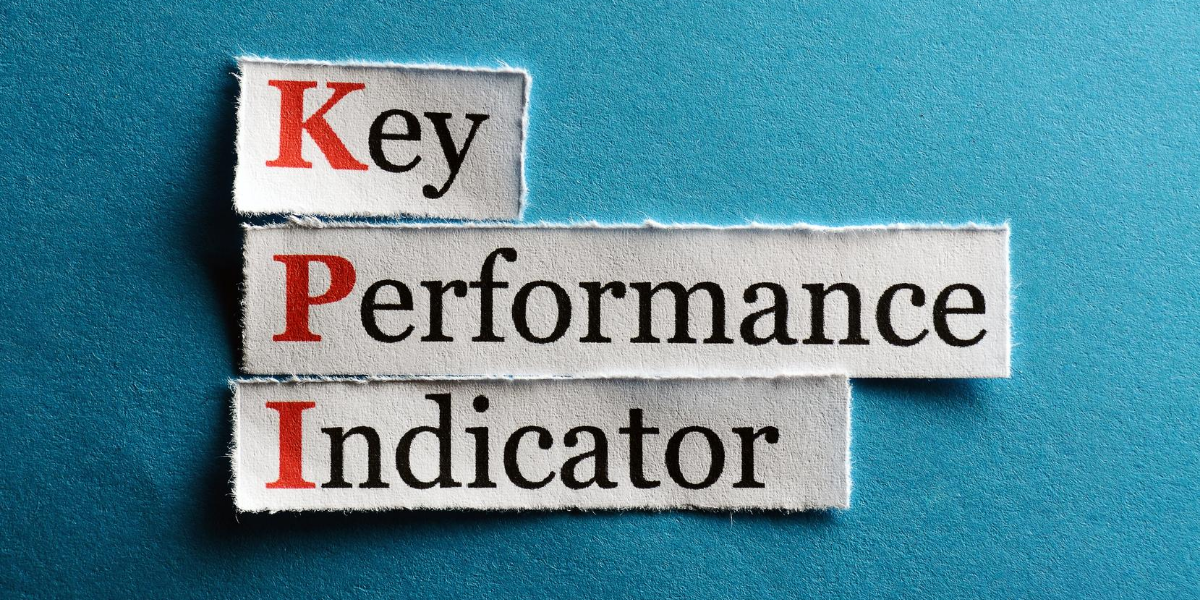If working with KPIs gives you scary flashbacks to grade 10 math class, then this 3-part educational series is for you.
CharityVillage has teamed up with Keela to bring you a crash course in understanding KPIs, helping you figure out which ones your organization should be tracking, as well as setting up your own metrics dashboard to keep your finger on the pulse of your nonprofit.
In the second installment in our 3-part feature series, we’re continuing to build on the foundation we laid around setting up KPIs for your nonprofit.
As nonprofits are continuously asked to do more with less, KPIs will play an increasingly important role in ensuring every campaign you set up is a profitable one and every decision you make is the right one.
All this, based on data you’re most likely already collecting!
After finishing Part 1, you should now have a concrete understanding of the fundamentals including:
- How KPIs measure the various aspects of your organization from mission to goals to tactics.
- Which KPIs you are tracking for the board, for reporting and benchmarking against the industry, and which ones you have chosen to help the team internally understand progress.
- The difference between leading and lagging indicators
If you haven’t completed Part 1, it’s recommended that you do before we dive into the next layer of KPIs: Building your Dashboard.
A Dashboard can be as simple or complex as you need it to be. From an excel spreadsheet to a multi-hundred dollar reporting software, it doesn’t matter what medium you house it on as long as it allows you to input your data and monitor trends over time.
Here’s what to include in your dashboard
KPI name. For instance, Average Gift Size.
Definition: What it measures. Define exactly what you are measuring and how it’s calculated.
Why it matters. Mention why this metric was chosen, why it matters to your organization. Discuss how to read this metric, what does an increase imply? What does a decrease imply? Be concise but specific. (We will dive into this more in the next section so if this seems challenging hold off for now)
Time frame (monthly trends). Discuss the time frame you plan to track and any trends you assume you will see.
How we measure it. Record exactly how you plan to measure this metric. Ideally, include a link to the source (software like Keela or a dashboard like Google Analytics) and any calculations required so it is consistent every time.
A benchmark. What is the benchmark for this across similar organizations? Where did you find that benchmark?
Goal. Internally, what number is your team striving towards? By the end of this quarter? By the end of this year?
If you would like a ready-made, pre-populated dashboard board template with common nonprofit KPIs already in place, you can access it here.
Ready to start tracking your KPIs?
The first number you will need is your most recent month’s result for each of your metrics. This is called your baseline as it measures where you are today. This baseline is your starting point.
You will record what you do and the effect it has on your KPIs going forward.
By defining your baseline you can be consciously aware of each action you take as you review your metrics each week or month and the effect it has on your KPIs. Doing this consciously and over time is the only way to really get to know your KPIs, to really understand how you can affect change and the real results (or lack thereof) of each action you take.
If you can enter KPIs for previous months, ideally 12 months looking back, you will be ahead of the game. Just viewing each KPI historically and seeing the fluctuations or growth your organization has experienced may surprise you. Some unexpected jumps can be researched.
Things to consider
Before jumping in and setting up your KPIs dashboard, work through Part 2, and ask yourself the following questions:
- Is the metric easy to gather?
- How often should you be tracking this KPI?
- And are you committed to doing this for at least 3 months?
While you should plan to stick with this forever, it will realistically take you at least 3 months before you see the real value of your KPI Dashboard.
Once you get it, these KPIs will feel like someone has just turned the light on in your organization. You will start to understand what is happening and why and won’t ever be able to go back into the dark.
To turn the lightbulb on at your nonprofit you’ll need to read the full course to complete setting up your KPIs Dashboard in Part 2 of our 3-part course on KPIs.
Stay tuned for Part 3 in this series, coming next month!
Tasi Gottschlag is the COO of Keela, a comprehensive nonprofit software platform that gives you powerful, intelligent tools to manage your donors, mobilize your volunteers, market your nonprofit, and raise more money. Tasi has an MBA from SFU and built and sold her first SAAS tech start up in 2018. A true geek she is a passionate builder of businesses, loving all the moving pieces, intricate dynamics and systems that produce the results we see. In her free time she loves to race sailboats, read inspiring business books and has two amazing daughters who ensure free time is kept to a minimum.







